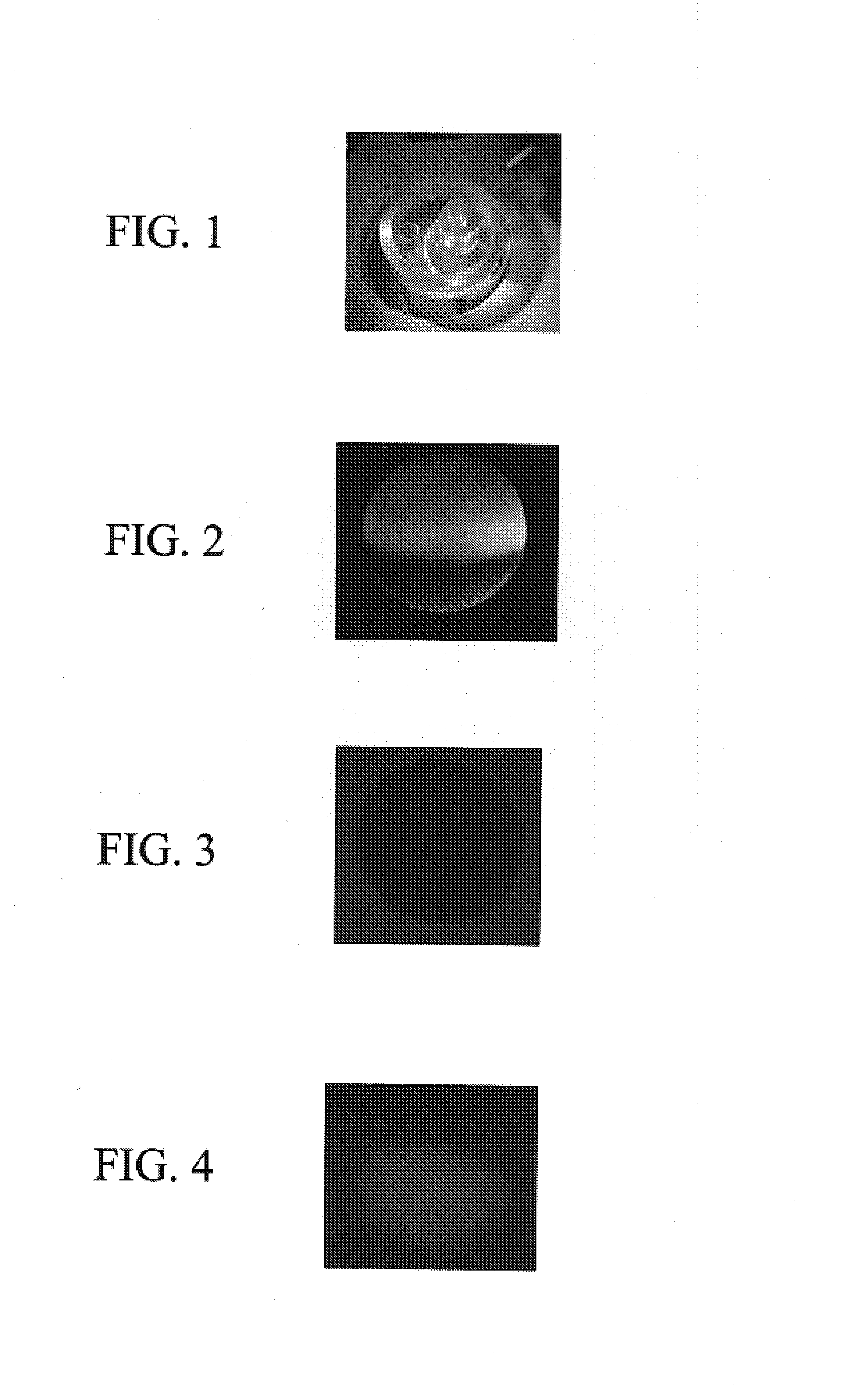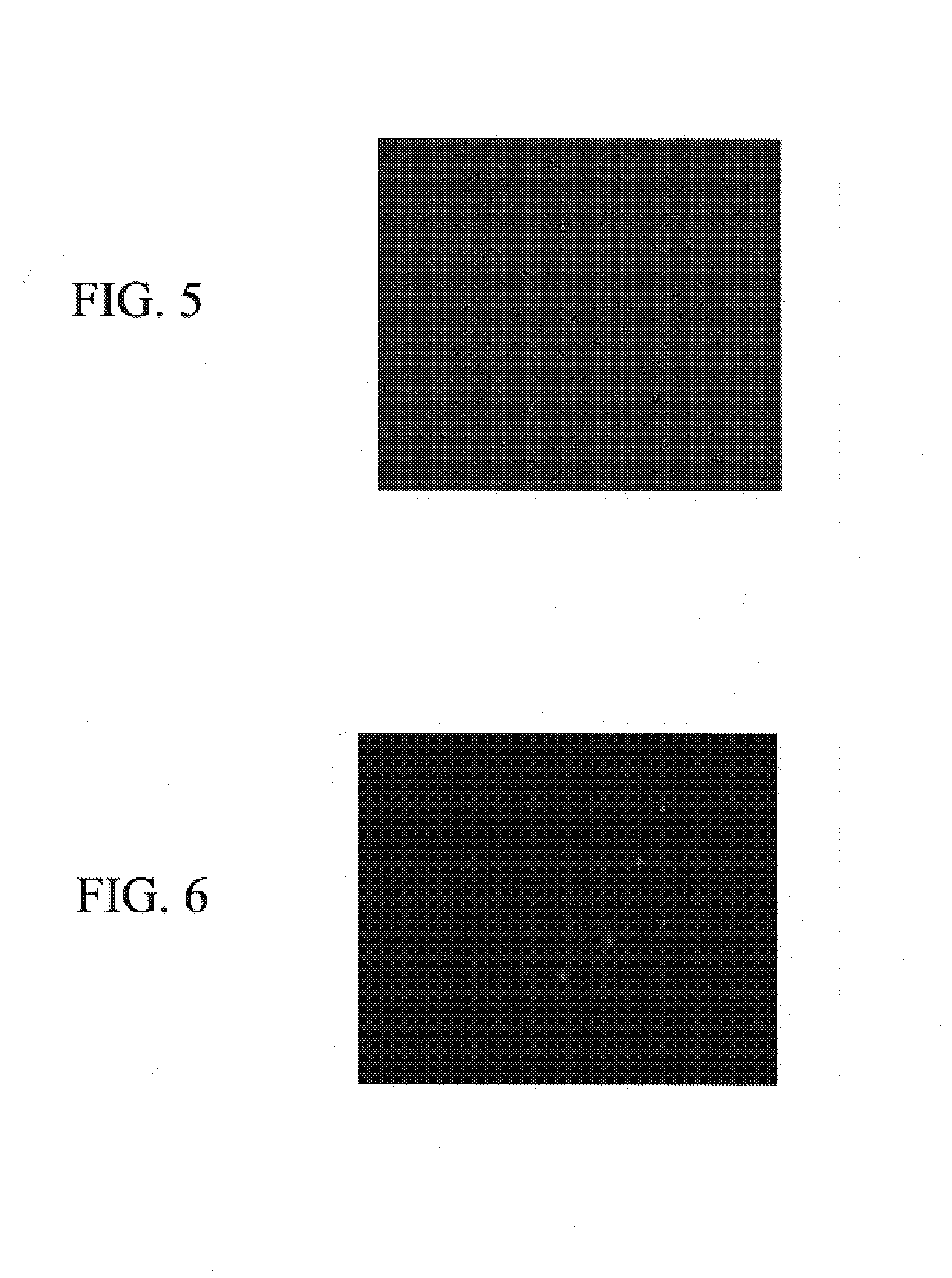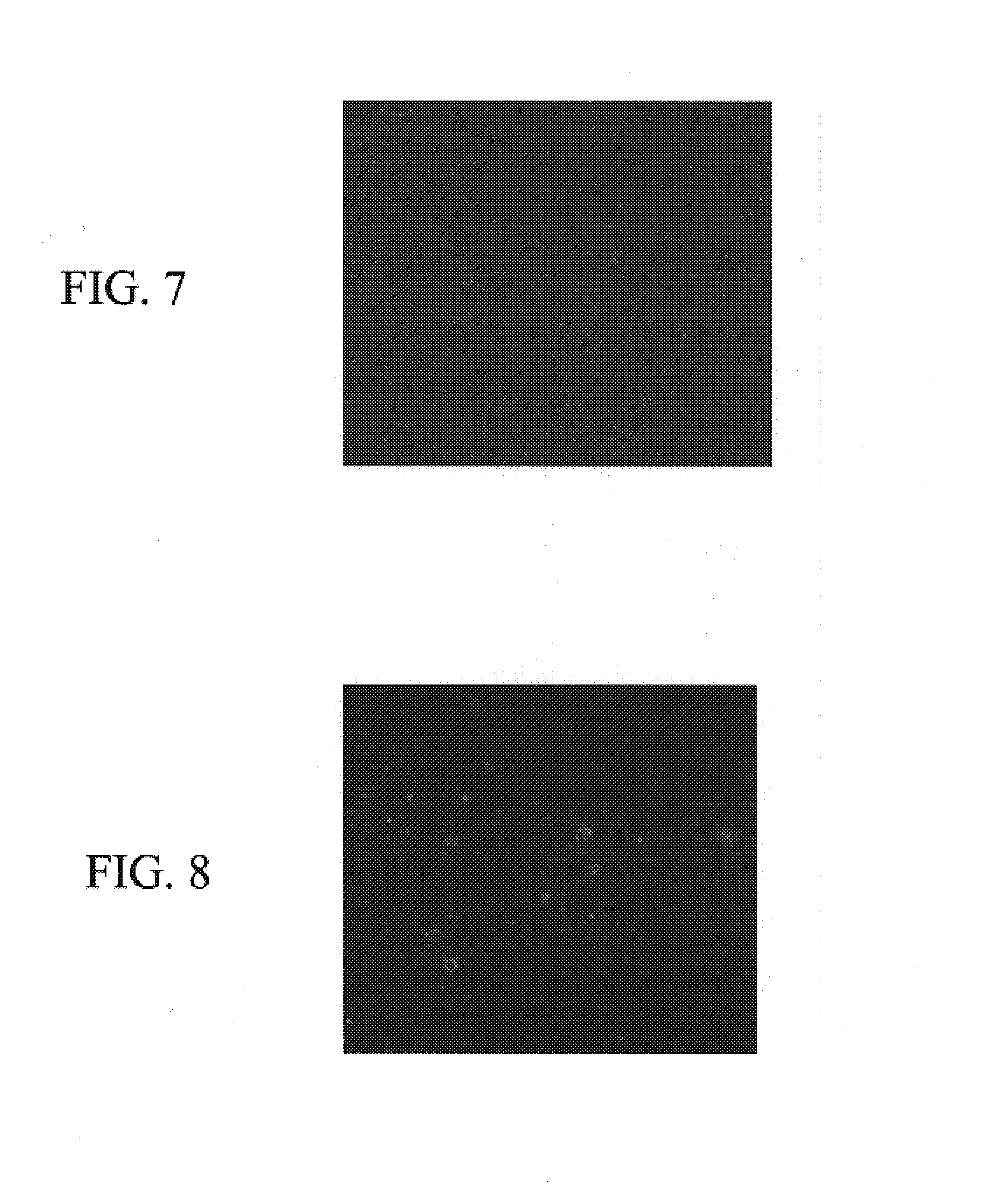Use of Xenopus laevis oocytes a microincubators
a technology of xenopus laevis and microincubators, which is applied in the direction of fused cells, biochemistry apparatus and processes, skeletal/connective tissue cells, etc., can solve the problems of inability to use genetic mismatch in patients, inconvenient and risky techniques, and significant ethical dilemmas in stem cell biology
- Summary
- Abstract
- Description
- Claims
- Application Information
AI Technical Summary
Benefits of technology
Problems solved by technology
Method used
Image
Examples
example 1
Encapsulation of Bone Marrow Stromal Cells (BMSC) within Xenopus laevis Oocytes
[0083]In order to show that injected BMSC are physically present inside the host cells, three pictures of the same recipient oocyte with slightly changed orientation in space for better pictures were taken. FIG. 2 shows the hosting oocyte in regular light, illuminated from the top with sharply distinguished animal and vegetal sides. FIG. 3 shows the same oocyte, but illuminated from beneath with high intensity red light. FIG. 4 shows the same oocyte emitting green light under a fluorescent microscope. Glowing occurs in the animal part of hosting oocyte, i.e., in the part where donor cells were originally injected. The vegetal part of the same oocyte in this photograph remains invisible. All three photographs were taken 72 hours after BMSC encapsulation inside hosting oocytes. Fluorescence in the earlier post-injection hours (24 hours to 48 hours) did show much lower levels of green light emission, which c...
example 2
Survival and Function of BMSC within Xenopus laevis Oocytes
[0094]Finally, the last set of experiments was devoted to the study of the longevity of recipient oocytes with control test for their functional activity in the form of ability of oocytes to express α4 / β2 subunits of human nicotinic receptors in their membranes 48h after RNA injection.
[0095]This investigation yielded fascinating results: BMSC injected oocytes which were carefully maintained in the appropriate incubation buffer were able to survive for 44 days (then experiment was terminated, because of electrophysiological recordings) while non-injected oocytes lived only 21 days. It means that injected oocytes outlived the oocytes in the control group more than twice. FIGS. 20A–20D show different 44 day old oocytes seated in the recording chambers of Opus-Express equipment before the experiment. As is evident from FIGS. 20A–20D, the appearance of aged oocytes are sharply different from those in the beginning of incubation (...
PUM
| Property | Measurement | Unit |
|---|---|---|
| diameter | aaaaa | aaaaa |
| diameter | aaaaa | aaaaa |
| diameter | aaaaa | aaaaa |
Abstract
Description
Claims
Application Information
 Login to View More
Login to View More - R&D
- Intellectual Property
- Life Sciences
- Materials
- Tech Scout
- Unparalleled Data Quality
- Higher Quality Content
- 60% Fewer Hallucinations
Browse by: Latest US Patents, China's latest patents, Technical Efficacy Thesaurus, Application Domain, Technology Topic, Popular Technical Reports.
© 2025 PatSnap. All rights reserved.Legal|Privacy policy|Modern Slavery Act Transparency Statement|Sitemap|About US| Contact US: help@patsnap.com



